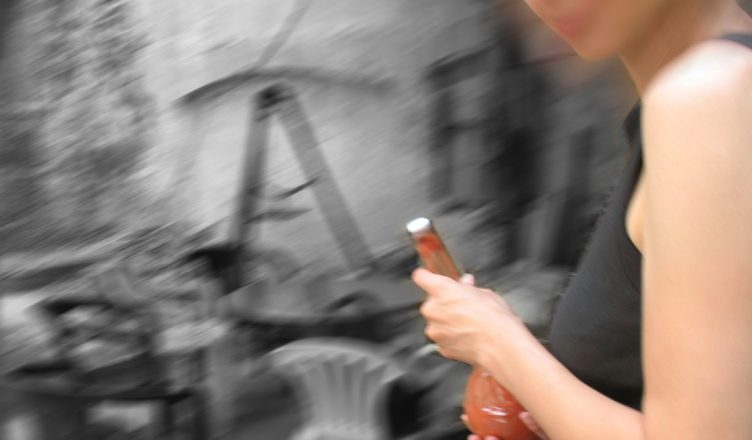“Dream Prey”(Traumbeute) is a long-term project by the Fraktalwerk project space. It explores the entanglements between realities. The work on this project has been running for many years with changing participants in different constellations. Some have been working together continuously since the beginning, others periodically, and still others take part in individual small sections of the project.
The project offers scope for personal threshold experiences and explores the interfaces and interstices of artistic practices. Is it possible to do one’s “own thing” – and still do “common cause”?
To the project page traumbeute.de
A workshop exhibition “Traumbeute” will take place in 2025. The workshop will show current projects by the participants in the form of installations, assemblages, performances, dance, readings, films and photos. The results of the “Fraktalwerk in process” of the last 20 years will also be exhibited.
The participants will engage in borderline experiences. They test themselves and the theme in ever new aesthetic spaces that are commonly referred to as theatre, film, dance, photography, performing arts, visual arts, literature, land art, urban art, Fluxus and performance, but without committing themselves to a definition of their work.
Photographs and films, sound and written images, installations and assemblages, dance sequences and performances are constantly reworked, combined and changed. These “snapshots” of the work in process also form the material for new variations or versions of the themes and motifs of the project.
One focus is on the results of one’s own work, being able to show them to others, publish books, films, documentaries – the other is on the performative experiences of (joint) action. Doing something, be it together with others or for a project section alone, requires engagement with the topic.
The theme of “immersion” shows that in art and society today it is difficult to distinguish between realities and to understand their mutual interpenetration. Immersion in realities and emergence from realities is a popular theme in the performing and visual arts, in films and in literature. Social and cultural, economic and political realities are increasingly being witnessed by dreamlike and nightmarish fictionalisations. Once they have made themselves at home in such a bubble, however, some of its inhabitants tend to close themselves off from other realities and consider their own bubble to be the only true one.
It is often aesthetic encounters with other bodies that enable borderline and threshold experiences with the unfamiliar. And because aesthetic projects and art projects lead to the trace of the foreign in every single person, change becomes possible.
The participants in the “Traumbeute” project explore aesthetic spaces of experience in their works. Can we succeed in countering the aestheticisation of politics, the omnipresent racism and sexism, the stupidity born of fear and ignorance?
This is another reason why “dream” and “dream prey” are the main themes of the project, the special threshold of experience of the dream and the exploration of its reality. Dream work and dream interpretation thus become part of an aesthetic and cognitive examination of reality.

